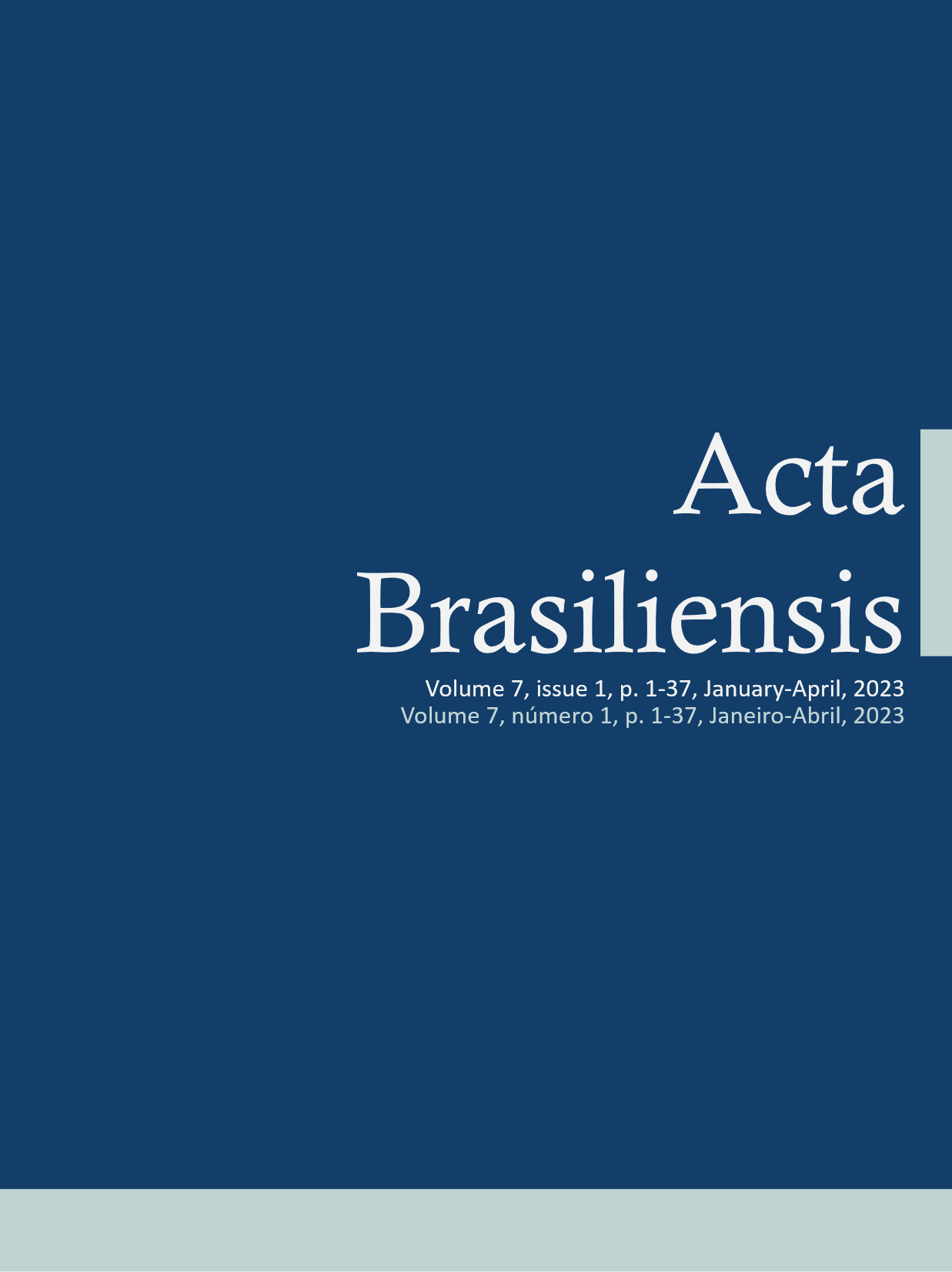Sarcosaprophagous dipterans associated with differentially-decomposed substrates in Atlantic Forest environments
Abstract
Sarcosaprophagous flies may show temporal variations in terms of their location and colonization in ephemeral resources, in addition to their richness and abundance changing according to the substrate age. The present study examined the influence of decomposition time on the: (i) composition of the sarcosaprophagous dipterofauna; (ii) sexual proportion of the collected specimens; and (iii) the stage of sexual maturity of female flies (Calliphoridae and Sarcophagidae). For this, we used chicken liver with different decomposition times (0h, 24h, 48h, and 76h) for the collection of adult flies. The results showed that: i) the assemblages were most diverse and abundant in more decomposed baits; ii) Calliphoridae was the most abundant taxa in all treatments; iii) the reproductive stage varied according to the age of the substrate, with high rates of mature or pregnant females in the older substrates; and iv) the number of males blowflies was higher in older baits, but it did not vary for flesh flies. Thus, this work demonstrates experimentally that the substrate age is an influencing factor in the composition of sarcosaprophagous flies’ assemblage, and it indication of the dipterans potential as primary or secondary colonizers throughout colonization of ephemeral resources.
Downloads
References
Andrade, H. T. A., Varela-Freire, A. A., Batista, M. J. A., & Medeiros, J. F. (2005). Calliphoridae (Diptera) from human cadavers in Rio Grande do Norte State, northeastern Brazil. Neotropical Entomology, 34(5), 855–856. doi: 10.1590/S1519-566X2005000500021
Barbosa, T. M., Jales, J. T., Vasconcelos, S. D., & Gama, R. A. (2020). Differential ability of necrophagous Diptera to colonize concealed resources: Empirical evidence from a field experiment in Brazil. Journal of Forensic Science, 65(5), 1594-1600. doi: 10.1111/1556-4029.14328
Barton, P. S.; Cunningham, S. A.; Lindenmayer, D. B., & Manning, A. D. 2013. The role of carrion in maintaining biodiversity and ecological processes in terrestrial ecosystems. Oecologia, 171, 761–772. doi: 10.1007/s00442-012-2460-3
Carvalho, C. J. B., & Mello-Patiu, C. A. (2008). Key to the adults of the most common forensic species of Diptera in South America. Revista Brasileira de Entomologia, 52(3), 390-406. doi: 10.1590/S0085-56262008000300012
Carvalho, L. M. L., Thyssen, P. J., Linhares, A. X., & Palhares, F. B. (2000). A checklist of arthropods associated with carrion and human corpses in southeastern Brazil. Memorias do Instituto Oswaldo Cruz, 95(1), 135-138. doi: 10.1590/S0074-02762000000100023
Catts, E. P., & Goff, M. L. (1992). Forensic entomology in criminal investigations. Annual Review of Entomology, 37, 253-272. doi: 10.1146/annurev.en.37.010192.001345
Chaiwong, T., Sukontason, K., Chaisri, U., Kuntalue, B., Vogtsberger, R. C., & Sukontason, K. L. (2012). Ovarian ultrastructure and development of the blow fly, Chrysomya megacephala (Diptera: Calliphoridae). International Journal of Parasitology Research, 4(1), 65-70. doi: 10.9735/0975-3702.4.1.65-70
Cherix, D., Wyss, C., & Pape, T. (2012). Occurrences of flesh flies (Diptera: Sarcophagidae) on human cadavers in Switzerland, and their importance as forensic indicators. Forensic Science Internacional, 220, 158-163. doi: 10.1016/j.forsciint.2012.02.016
D’Almeida, J.M. 1989. Substratos utilizados para a criação de dípteros caliptratos no Jardim Zoológico do Rio de Janeiro (Rio-Zoo). Memorias do Instituto Oswaldo Cruz, 84: 257-264. doi: 10.1590/S0074-02761989000200016.
Disney, R. H. L., & Franquinho Aguiar, A. M. (2008) Scuttle flies (Diptera: Phoridae) of Madeira. Fragmenta Faunistica, 51, 23-62.
Espírito Santo, A. R. S., & Silva, C. M. S. (2006). Características climáticas da cidade de Natal. Parque da Cidade em Revista, 2, 1-27.
George, K. A., Archer, M. S., & Toop, T






